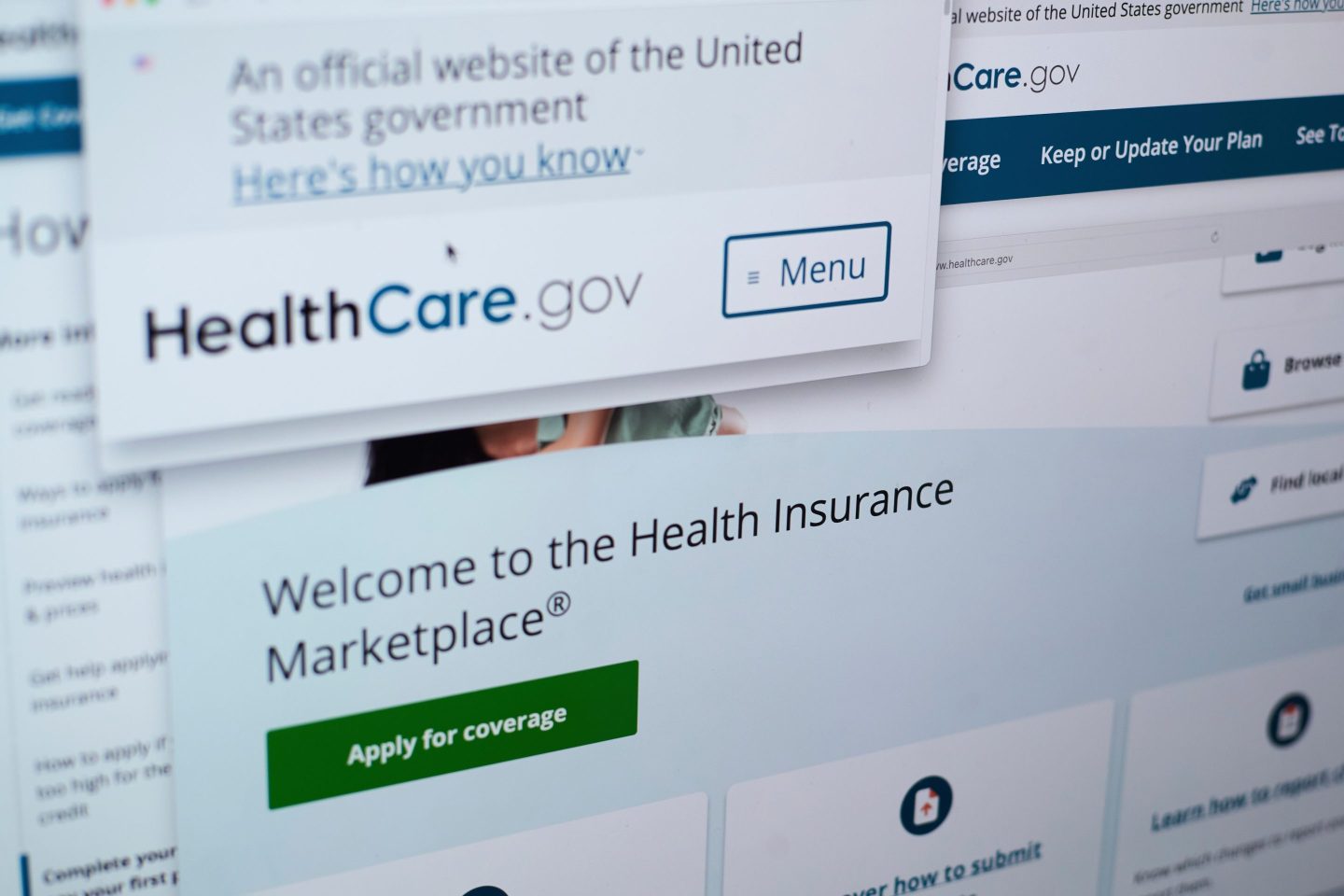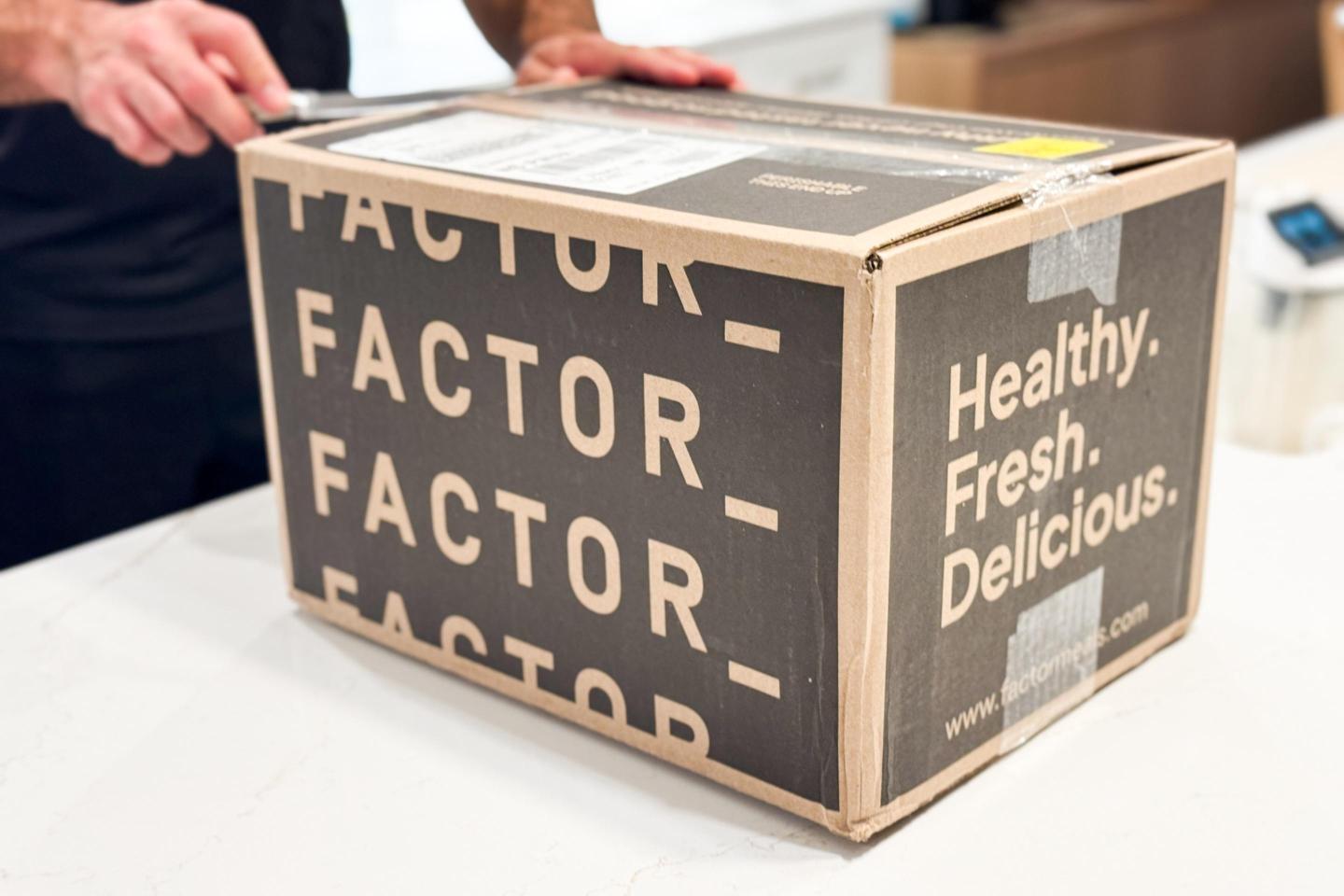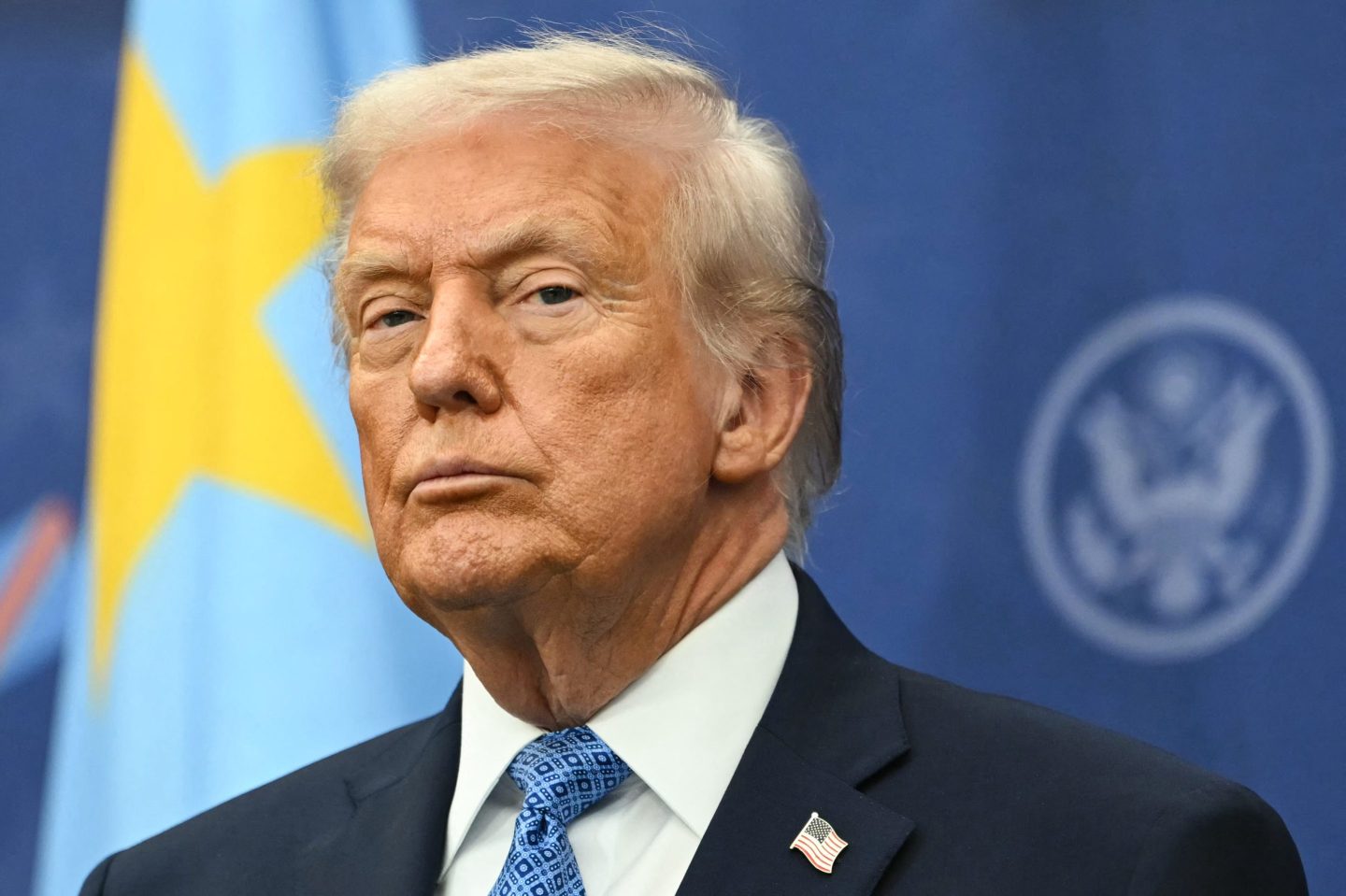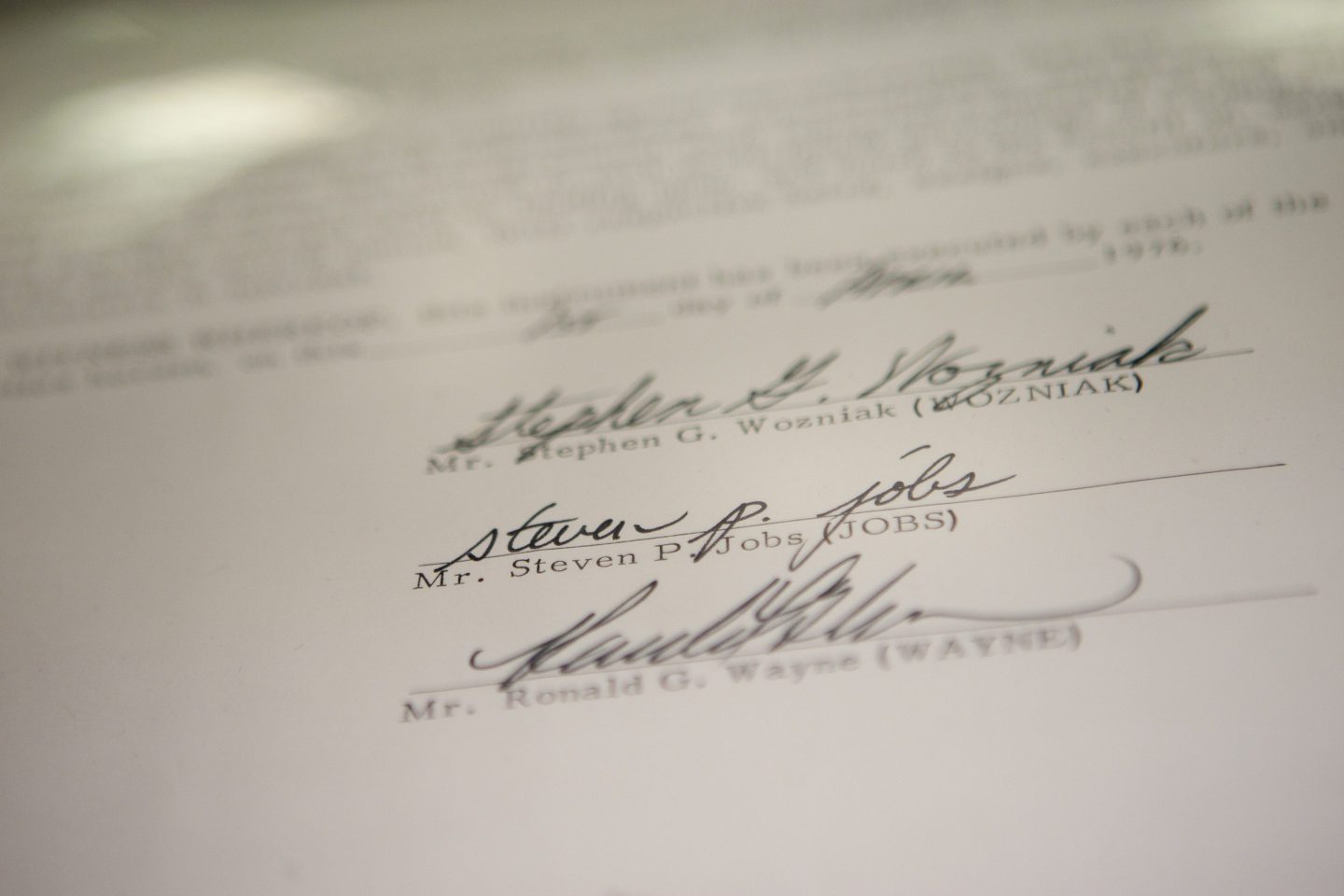The year 2020 has been a rough one, but at least it’s ending on a positive note.
In the past few weeks, vaccine makers like Pfizer and Moderna have begun rolling out vaccines to people in the U.S. and U.K., with plans to increase distribution globally in 2021.
Meanwhile, Chinese vaccine makers have already begun distributing millions of vaccines in China and to other countries including the United Arab Emirates and Bahrain—with more vaccines likely on their way. Nearly 100 vaccine makers have begun testing candidates in clinical trials, with 18 of those testing candidates in the final, Phase III stage, according to the New York Times.
All of these efforts have relied on one crucial scientific discovery—sequencing the COVID-19 genome. The genome, which researchers in China made publicly available on Jan. 11, has formed the foundation of scientific efforts to tackle the virus, from testing, to tracking how the virus is mutating, to developing those vaccines.
Yet at the start of 2020, there was no guarantee that the data would be released as early as it was. Advances in modern technology, and the daring efforts of a Chinese research lab, ensured that vaccine makers and scientists around the world had open access to the mapped genome—all before much of the world even knew that the virus existed.
A risky release
On Jan. 3, Zhang Yongzhen, a virologist at Shanghai’s Fudan University, received a sample pathogen taken from a patient infected by a mysterious virus in Wuhan, China. Over the next two days, Zhang and a team in Shanghai worked day and night to map out a genome.
“It took us less than 40 hours [to map the genome], so very, very fast,” Zhang told Timein August. In 2003, researchers had spent months sequencing SARS, a virus that spread through China and killed hundreds around the world. Now, Zhang could deploy new, next-generation sequencing tools to map the genome in just a matter of days.
On Jan. 5, Zhang says, he alerted health authorities in China about his findings and the potential severity of the virus, which bore a resemblance to SARS. He also posted his results on Jan. 5 to the National Center for Biotechnology Information (NCBI), a U.S. government–run biomedical database, he told Time.
Over the next six days, Zhang continued to meet with Chinese public health officials to discuss the virus, as his paper awaited review on the NCBI’s GenBank database, he says.
Yet Zhang’s delay in making the genome public may have also been related to the fact that China’s government actively sought to suppress information relating to COVID-19. On Jan. 3, China’s National Health Commission, the country’s top health body, had ordered research institutions in China not to publish any information related to the emerging Wuhan disease outbreak, according to Chinese media outlet Caixin.
Zhang told Nature in December that he had not known about the government order but had worried that officials might object to his releasing the genome.
Yet on the morning of Jan. 11, Zhang says, he got a call from a colleague, Sydney University virologist Edward Holmes, who urged him to make the mapped genome available to the public.
At the time, Zhang’s team was likely one of several labs in China to have cracked the genetic code. But after talking with Zhang, Holmes successfully uploaded the genome to viralogical.org, an open discussion forum for epidemiological researchers.
Vaccines
At the time, the data release was not widely recognized for the turning point it was—even as some researchers described it as what they called a “holy shit” moment—when it became clear that the virus could be a potential threat to global public health.
Upon seeing the genome, professor Ben Cowling, an epidemiologist at Hong Kong University, said he worried that the virus was both similar to SARS but also a “completely new virus.”
But the genome gave scientists a tool to track the virus’s spread, according to Cowling.
“It was really important to identify the pathogen and publish it,” says Cowling. “Within a few days of the sequence being published, many laboratories (including the lab here at Hong Kong University) were able to make diagnostic PCR kits for the new virus and start testing people.”
Beyond its value for testing, publishing the virus genome allowed vaccine makers globally to get to work before much of the world was even aware that a viral outbreak was happening in Wuhan, China.
“With the genomic sequence, we were off to the races,” Anthony Fauci, head of the U.S. National Institute of Allergy and Infectious Diseases, told the Financial Times in March, about starting the COVID-19 vaccine development effort.
American vaccine maker Moderna, which recently received approval to distribute its vaccine in the U.S., says that it used the genome to develop a COVID-19 vaccine by Jan. 13, just two days after the genome was uploaded.
Researchers at Oxford University, which developed a COVID-19 vaccine with British pharmaceutical giant AstraZeneca, also got to work shortly after the genetic code was released.
So while 2021 may be the year in which these vaccine makers are able to get control over a global pandemic, their work was launched by one man’s historic decision in the early days of 2020.
“January 11 was a turning point for understanding that [the virus] is serious,” Zhang told Nature in December. “It was a turning point for China. It was a turning point for the world.”











